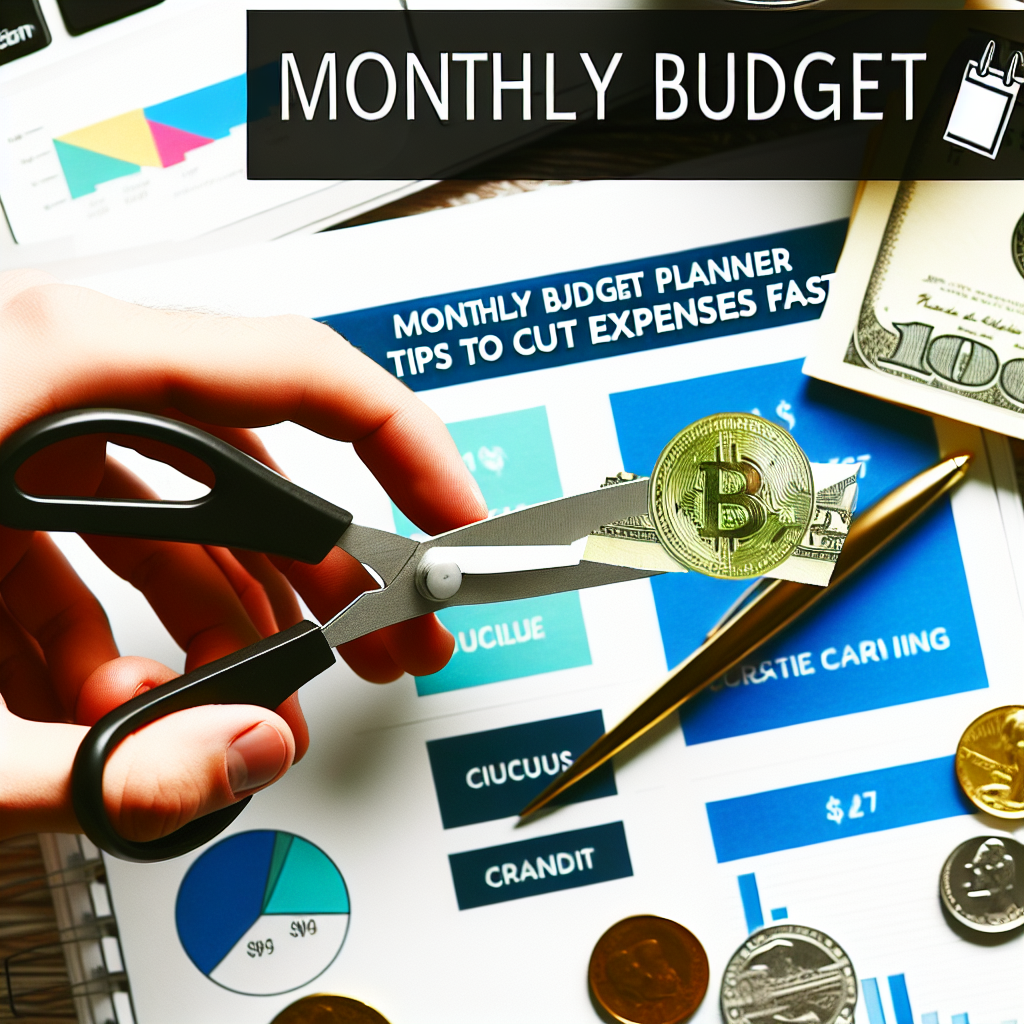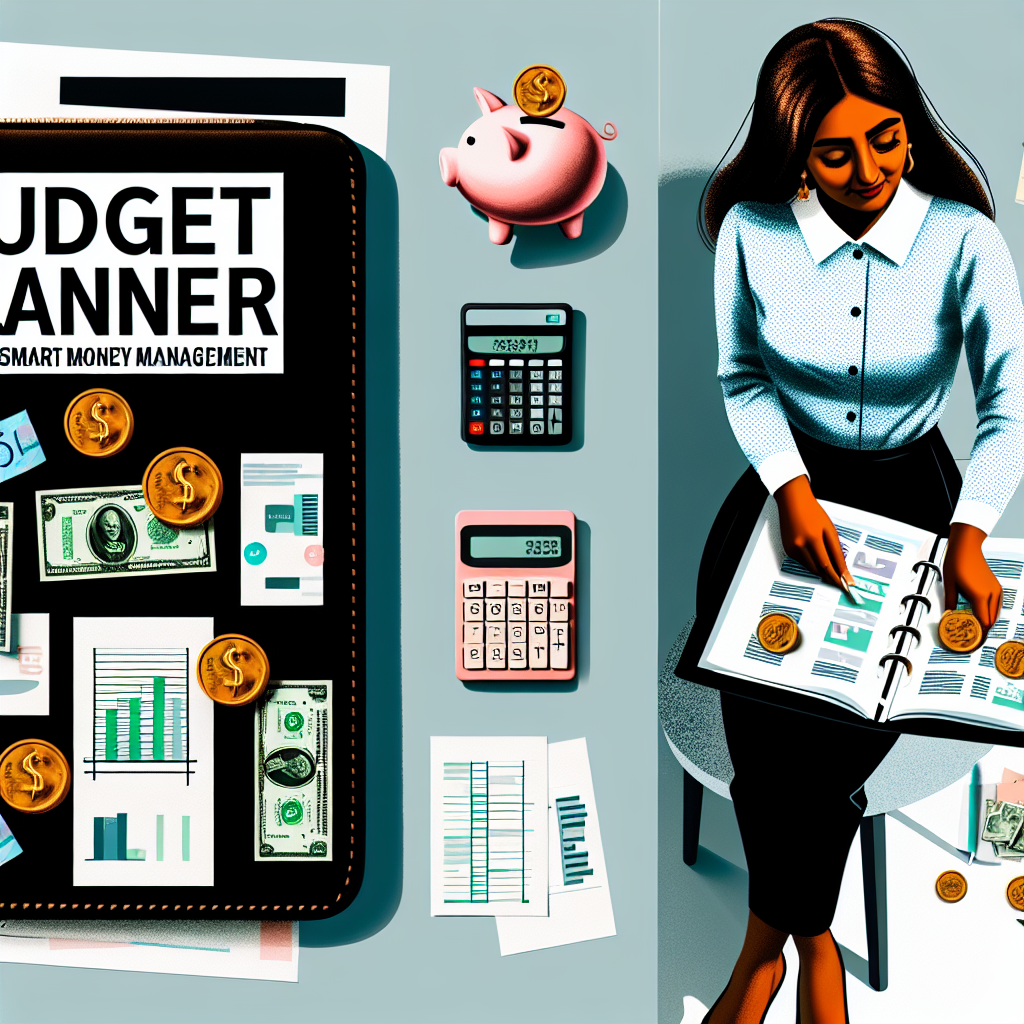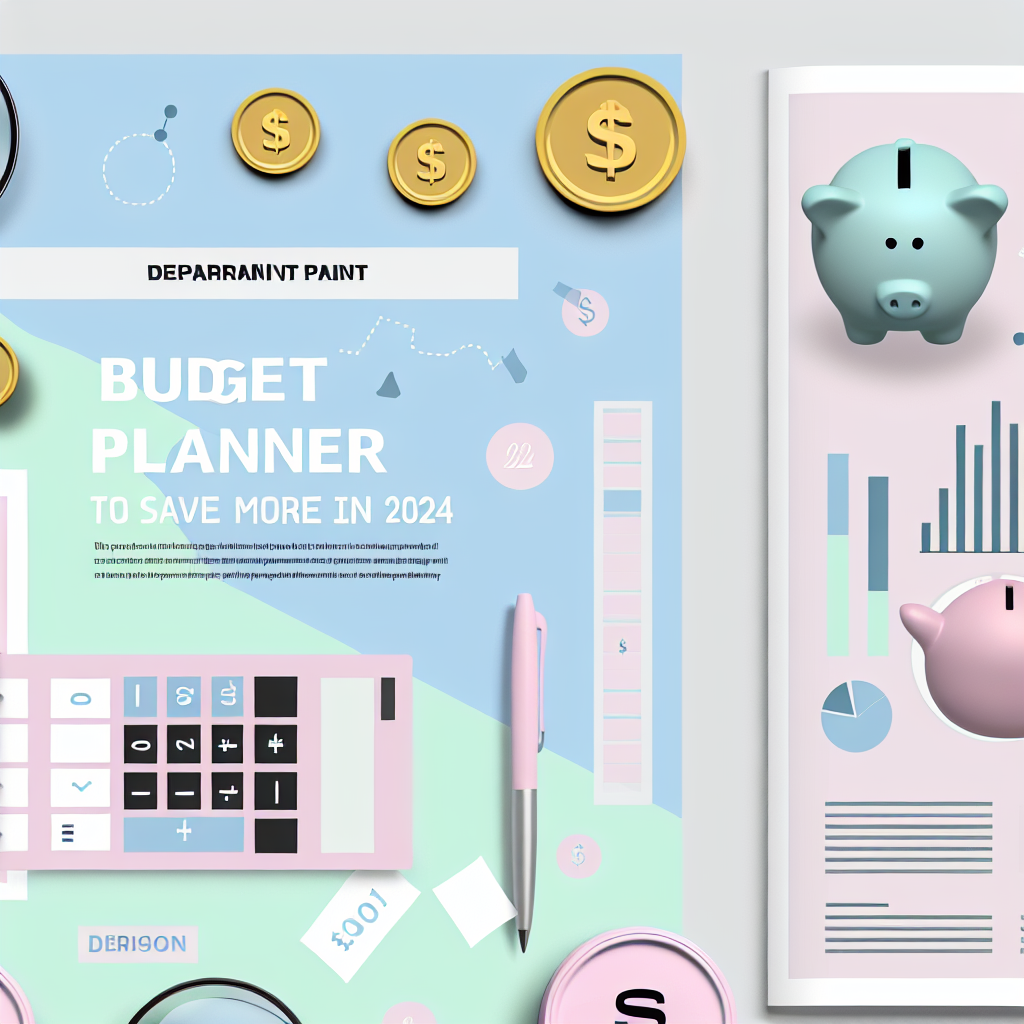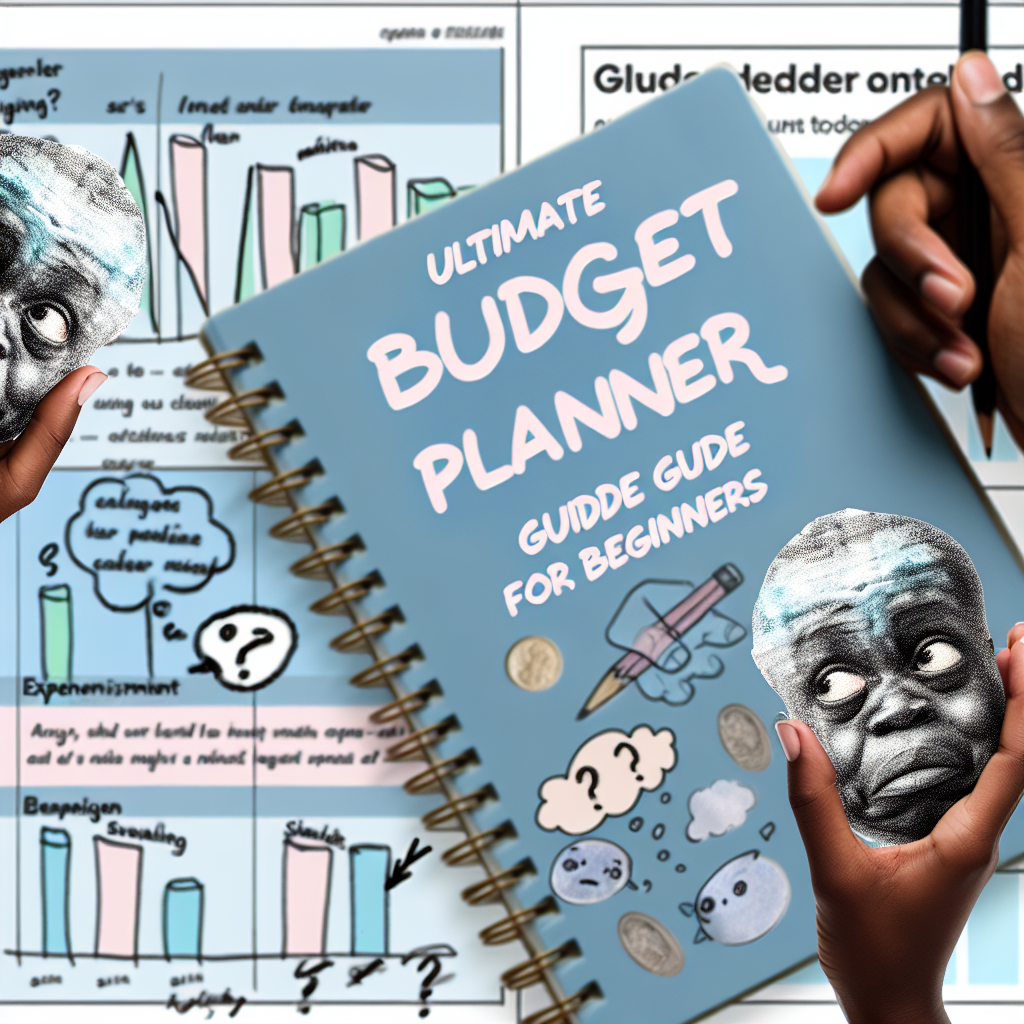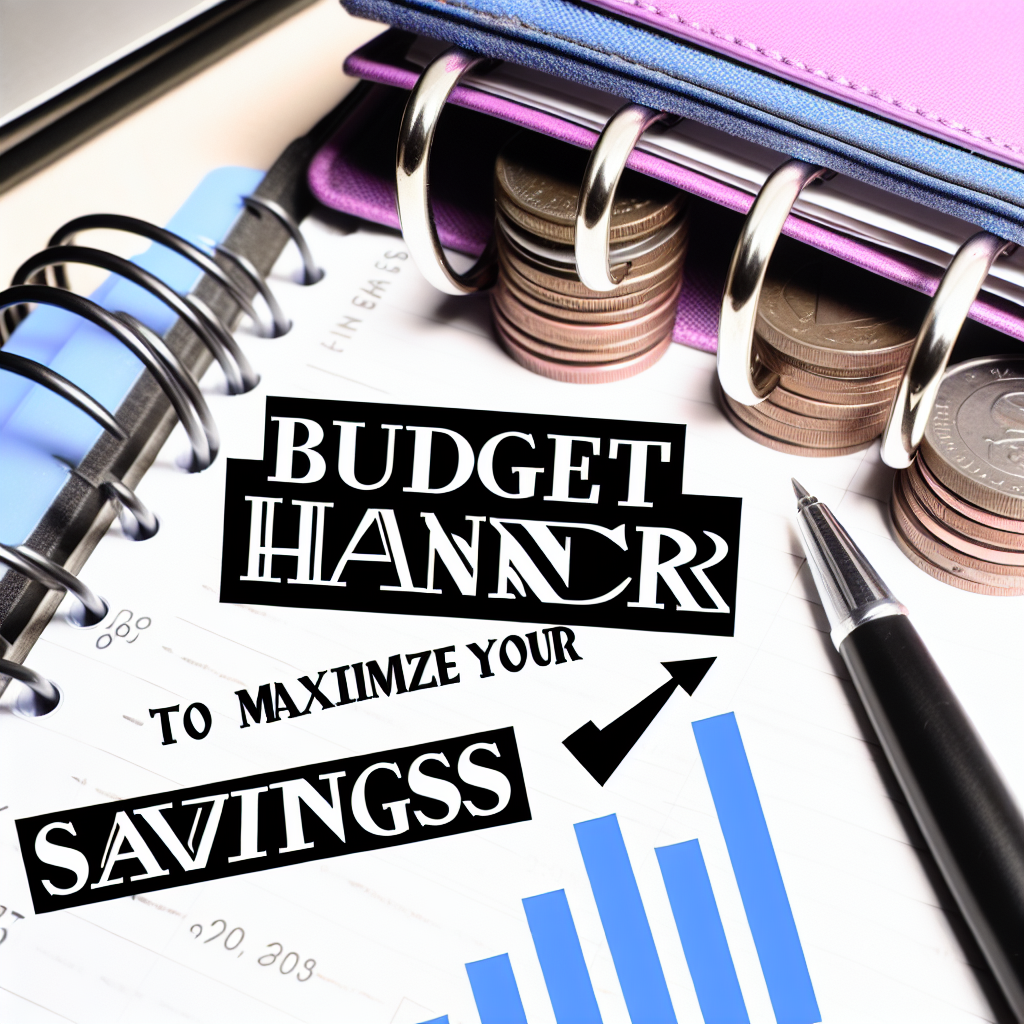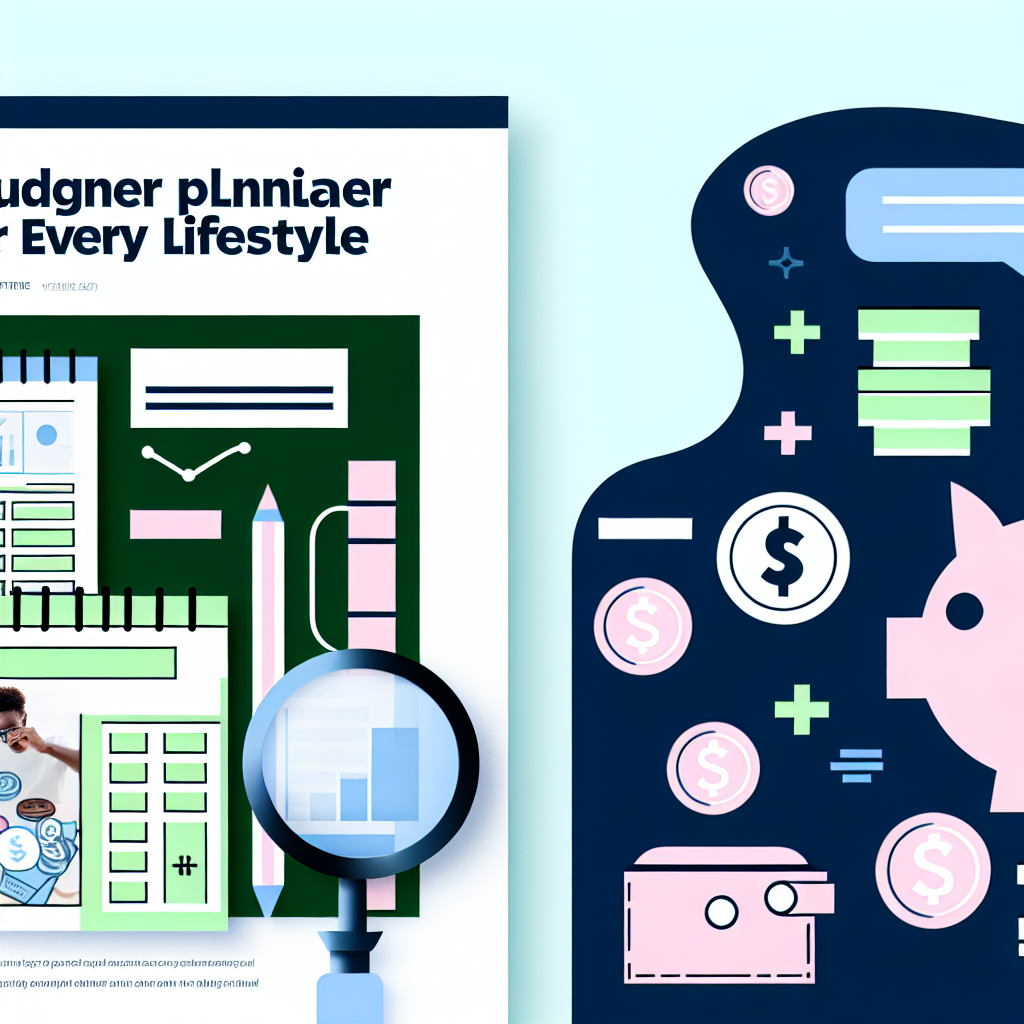=
I still remember the night I scribbled my first “monthly budget planner” on the back of a takeout receipt. It was a disaster. Coffee stains blurred the numbers, and the words “NO SPENDING” were written in angry, uneven letters across the page. I thought if I just shouted at myself hard enough on paper, I’d magically stop blowing money on impulse buys and late-night Amazon binges. Spoiler alert: I didn’t.
That budget didn’t work. Not because the idea was bad, but because I was. I was scared, overwhelmed, and honestly, kind of embarrassed to admit I had no clue how to manage my money. My rent was due, my credit card balance was creeping higher, and I was ignoring my bank statements like they were bad news from an ex.
The Moment It Clicked: Budgeting Is About Behavior, Not Just Numbers
The turning point came when I realized that a monthly budget planner isn’t some rigid spreadsheet designed to shame you. It’s a tool — a messy, imperfect one — that helps you understand what’s really going on with your money. It’s not about cutting every fun thing out or being perfect; it’s about noticing where your money leaks are and plugging them, little by little.
That’s when I stopped thinking of budgeting as a punishment and started seeing it as a way to take back control. The goal wasn’t to become rich overnight but to make peace with my finances so I could sleep better at night.
How I Actually Cut Expenses Fast (Without Losing My Mind)
The first thing that actually worked for me was tracking every single expense for a week. I was terrified to look at my bank app, but I forced myself. Turns out, I was spending $7 a day on coffee alone — more than $200 a month. That was my “aha” moment. It wasn’t about stopping coffee forever; it was about choosing when and how much.
I remember being hesitant to try meal prepping. Cooking felt like a chore, and I was convinced I’d just end up ordering pizza anyway. But I gave it a shot. Prepping a few simple meals on Sunday saved me $50 in takeout the first week. Plus, I didn’t have to worry about last-minute grocery runs that always ended with me grabbing snacks I didn’t need.
This trick might sound weird, but I started using the “envelope method” digitally — setting aside small amounts of cash in different categories on my phone. It made spending feel less abstract and more real. When I saw my “fun money” envelope empty halfway through the month, I knew I had to slow down.
Another thing that changed everything was being brutally honest with myself about subscriptions. I had forgotten about three streaming services I never used. Canceling those saved me nearly $30 a month — enough to cover a night out or put toward paying down debt.
I Get It — It Feels Scary and Impossible
I know what you might be thinking right now: “This sounds hard,” or “I don’t have enough money to start.” Let me tell you, I thought the exact same thing. I was so deep in the hole that even looking at my bank balance made me want to hide under the covers. But starting small — even with a coffee-stained napkin — was better than doing nothing.
If you’re worried about failing, remember: I failed a lot. I made budgets that looked like abstract art. I gave up more times than I can count. But each time, I learned something new about myself and my money habits. And so can you.
A Little Message Before You Go
If you’re reading this, you’re already taking a step — even if it doesn’t feel like it. You’re not alone in this messy, frustrating, sometimes embarrassing journey. Your monthly budget planner doesn’t have to be perfect. It just has to be yours. So grab a pen, a napkin, or your phone, and start somewhere. Today. Because peace with your money isn’t about being rich; it’s about feeling free.
💡 Want more tips like this? Explore more ways to save funds and plan your budget wisely!

